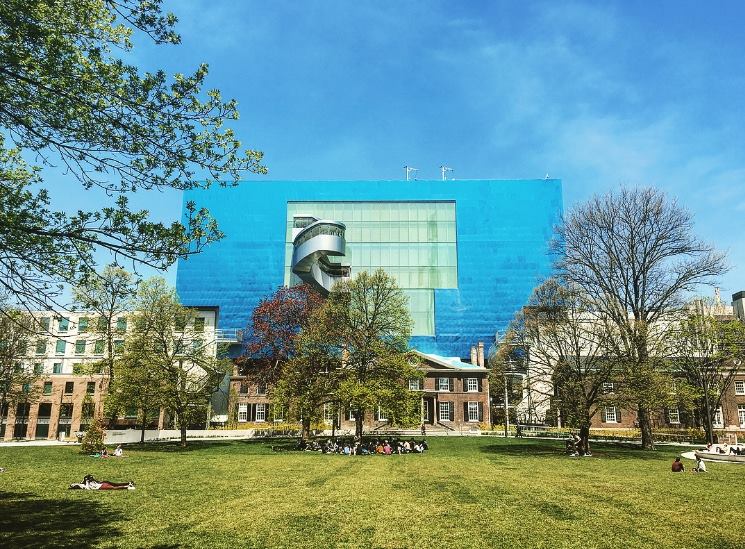Art and Culture
Ontario gallery’s high tech study uncovers layers behind Picasso paintings

It has long been clear to Sandra Webster-Cook, a conservator of paintings at the Art Gallery of Ontario, that there is more to Pablo Picasso’s “La Soupe” than meets the eye. (Photo: AGO – Art Gallery of Ontario/Facebook)
TORONTO — It has long been clear to Sandra Webster-Cook, a conservator of paintings at the Art Gallery of Ontario, that there is more to Pablo Picasso’s “La Soupe” than meets the eye.
The thick layer of blue-hued paint hinted at a composition that Picasso had scraped away, Webster-Cook said, but what lay beneath surface was a mystery.
Now, researchers have technologically peeled back layers of compositions embedded in two of Picasso’s blue period paintings to uncover new insights about the artist’s process.
Kenneth Brummel, assistant curator of modern art at the AGO, said the revelations will be featured in a 2020-2021 exhibition co-organized by the Toronto gallery and the Phillips Collection in Washington, D.C.
“We’re able to build a rich narrative about Picasso’s formation as an artist during the blue period,” Brummel said.
“The exhibition will unpack the transformations in his style across the blue period based on what we see on the canvases, but also what we’re uncovering underneath.”
Webster-Cook said the AGO teamed up with American scientists to conduct sophisticated imaging and micro-analysis of “La Soupe,” which depicts a slumped over woman holding a bowl towards a child’s outstretched arms.
The scans revealed an earlier composition featuring the outline of a woman shown from the back, Webster-Cook said. She said Picasso used the silhouette to form the contours of the woman and child depicted in the final scene, and further obscured the figure with the plumes of steam rising from the soup.
The study unearthed other changes Picasso made to the painting, Webster-Cook said, such as an altering the woman’s hand or repositioning the child’s foot, which shed light on the artist’s laborious process.
“It’s really interesting to see the specific choice of materials, the manipulation of materials and the extent to which Picasso really deliberates about the forms,” she said.
The findings build on research into another blue-period painting in the AGO’s collection, “La Misereuse accroupie.” Brummel said the canvas originally featured a landscape likely painted by a Barcelona artist, which Picasso then rotated and painted over, using the ridge of the mountain to shape the crouching woman shown in the final composition.
Webster-Cook said the multi-disciplinary study — which involved curators, art historians, conservators and scientists — could be used to analyse the works of a range of artists, but said Picasso was an ideal candidate because of his practice of reusing canvases.
“There was a moment when (Picasso) was poor and he would reuse canvases for economic reasons,” she said, “but the idea of incorporating underlying forms into a final composition, he seemed to have become attached to that approach to painting, so he continued to reuse canvases throughout his career.”
Brummel said the project shows that new insights can be gleaned from paintings that have been heavily studied for more than a century.
“We’re bringing technical art history into curatorial practice,” he said.





















